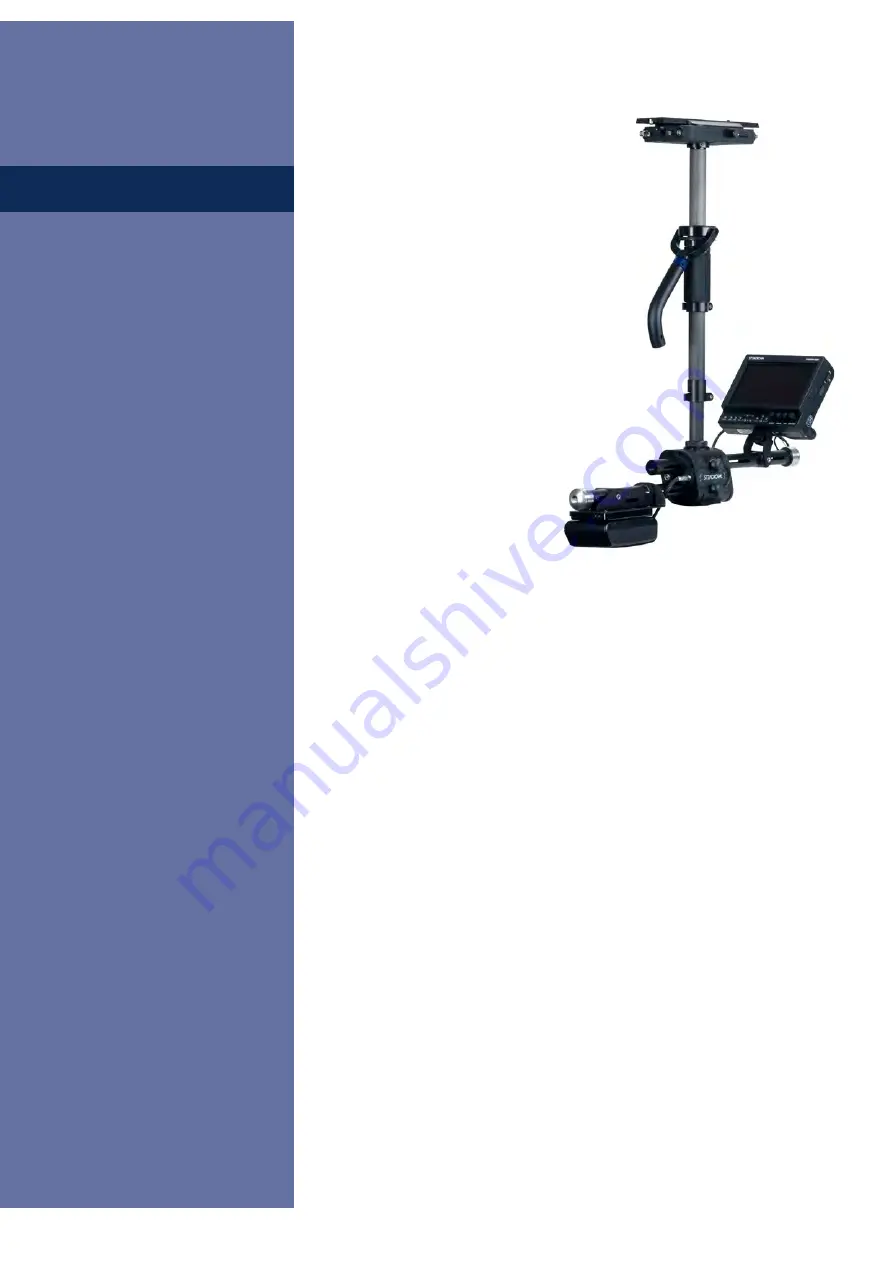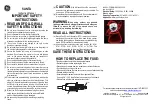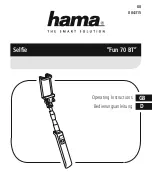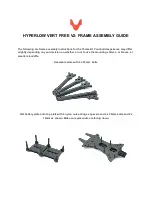
4
Overview
The Tiffen Company takes great
pride in producing the world’s
best stabilizers. The Zephyr
™
stabilizer continues our tradition
of excellence and innovation,
ÀOOLQJWKHQHHGIRUDKLJK
performance, lightweight, and
low-cost rig.
Like all our models, the Zephyr
™
stabilizer is designed to be
XVHUIULHQGO\ÀHOGVHUYLFHDEOH
tool-free, straightforward, and
versatile so the operator can
TXLFNO\DQGHDVLO\FRQÀJXUH
the sled, arm, and vest to the
best advantage for each shot.
Change the sled length, balance,
inertia, and go to low mode in
a heartbeat. Solid, versatile,
and fast – it’s a breeze with the
Zephyr
™
system.
The base Zephyr
™
system starts with a sturdy, two section, indexed
WHOHVFRSLQJFDUERQÀEHUSRVWFRXSOHGWRDVWXUG\WZRD[LVYHUQLHU
stage for quick and precise balancing. A new solid base is equipped
with independently telescoping monitor and battery rods. The Zephyr
™
system comes standard with the Tango
™
-ready, tool-free gimbal, 16:9
SD LCD Color monitor, and a single battery mount for 12 volts—either
V-Lock or Anton Bauer (AB). 24 volts is optional.
A word about 12 and 24 volts as used in the manual: 12 and 24 volts
typically refer to the nominal voltages required by cameras and
accessories, but the voltage range accepted by the device might be 10 to
16 volts or 20 to 34 volts. Each camera or accessory has its own range
of useful voltages.
Different battery chemistries and numbers of cells typically result in
nominal battery voltages of 14.4 or 14.8 volts, or with two batteries in
series, 28.8 or 29.6 volts. The actual voltage in a battery might be from
11 to 17 volts, depending on charge and battery type. Nominal battery
voltages are always higher than the nominal required by the device, so
that when the battery is almost depleted, it still has more voltage than
that required by the device.





































